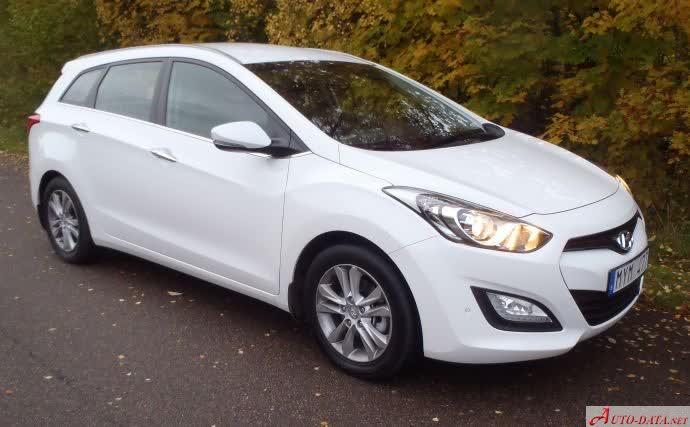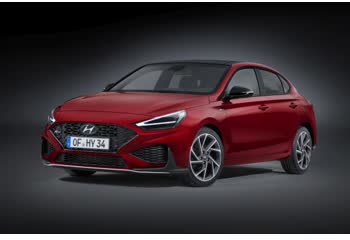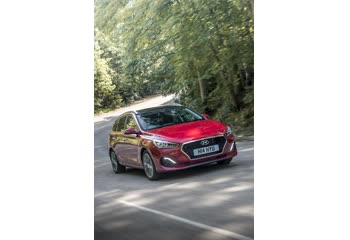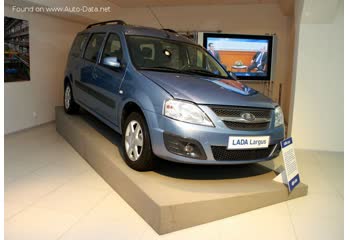Everything you need to know about specifications and performance - Hyundai i30 2012 - 1.6 MPI (120 Hp) Automatic

Overview:
What is the engine capacity of a Hyundai i30 2012?
The engine capacity of the Hyundai i30 2012 is 1591.
Hyundai i30 2012 How many horsepower?
The engine power of the Hyundai i30 2012 is 120 Hp @ 6300 rpm..
What is the Hyundai i30 2012 engine?
Hyundai i30 2012 engine is Gamma II / G4FG. (Click to see other cars using the same engine)
How much gasoline does a Hyundai i30 2012 consume?
The Hyundai i30 2012 consumes 6.8 liters of gasoline per 100 km
General:
Engine:
Performance:
Space:
dimensions:
Powertrain, Suspension and Brakes:
See also

Last generation.
Its production began in 2020 until 2022

Other generation.
Its production began in 2019 until 2020

Same engine. (Gamma II / G4FG).
Its production began in 2015 until 2017

Same engine. (Gamma II / G4FG).
Its production began in 2017 until Now

Same production year and almost the same engine capacity.
Its production began in 2012 until 2021

Write a comment